Are you concerned that you might be a heavy drinker? The CDC reports that about 7 percent of adults in the United States self-report that they are heavy drinkers, and 17 percent report that they binge drink. Overall, about 50 percent of the adult population has consumed alcohol within the last 30 days. However, knowing which category you fall under is dependent on the definitions. Let’s take a look at the definitions for binge drinking and heavy drinking, along with the recommended number of drinks per day.
Table of Contents
- 1 How Many Alcoholic Drinks Should People Consume?
- 2 Understanding a Standard Drink
- 3 What’s a Binge Drinker?
- 4 What’s a Heavy Drinker?
- 5 Factors Influencing Heavy Drinking
- 6 Signs and Symptoms of Heavy Drinking
- 7 Signs of Dependence and Withdrawal Symptoms
- 8 Health Risks Associated with Heavy Drinking
- 9 Social and Economic Impact
- 10 Identifying and Addressing Heavy Drinking
- 11 Seeking Help and Treatment
- 12 Preventive Measures
- 13 Conclusion
How Many Alcoholic Drinks Should People Consume?
According to the CDC, moderate drinking is defined as having one drink per day if you’re female and two drinks per day if you’re male.

Understanding a Standard Drink
Most people don’t understand a standard drink. They just fill a glass of wine, drink a pint of beer or pour themselves a mixed drink and don’t give it much more thought. After all, if it’s in one glass or in a bottle, it must be one drink. Unfortunately, that’s not always the case. According to the NIH,:
- A standard beer has 5 percent alcohol and is 12 ounces.
- A typical glass of wine is 5 ounces with 12 percent alcohol.
- A standard glass of distilled spirits has 1.5 ounces of 80-proof liquor.
What’s a Binge Drinker?
A binge drinker is a female who consumes four or more drinks on one occasion or a male who consumes five or more drinks on one occasion. This means that drinking a bottle of wine in an evening is binge drinking if you’re female. If you’re male, drinking a six-pack of beer in an evening is binge drinking.
What’s a Heavy Drinker?
Men who consume 15 drinks in a week are considered heavy drinkers. Women who consume eight drinks a week are considered heavy drinkers. Minors and pregnant women who consume any number of drinks in a given week are considered heavy drinkers. Additionally, individuals who participate in binge drinking at least five days a week are also considered heavy drinkers.
Factors Influencing Heavy Drinking
Biological, psychological and social factors contribute to an individual’s propensity to consume too much alcohol.
Biological Factors
Men and women are biologically different, and the effects of alcohol on the male and female bodies are different. For instance, men have more of an enzyme in their stomachs that helps to break down alcohol. This means that less of the alcohol reaches the small intestines of men. Therefore, if a man and a woman were to drink the same amount, the female would become more intoxicated.
Additionally, men and women don’t have the same body composition. Men tend to be physically larger with more muscle. Because muscle needs a lot of blood flow as compared to fat, any alcohol that a male drinks is more diluted in their body.
Men also benefit from having more water in their bodies. Men are comprised of about 55 to 65 percent water, while female bodies contain roughly 45 to 50 percent water. Because of this, any alcohol consumed by a woman is more concentrated in their bloodstream.
Psychological Factors
There are several factors that contribute to an individual’s likelihood of becoming a heavy drinker and falling into alcoholism, including genetics, mental health and social pressure.
Genetics, Heavy Drinking and Alcoholism
In addition to physiological factors, psychological factors can also play a part in whether or not someone becomes a heavy drinker. The biggest psychological factor is usually having family members who drink. When an individual has parents or grandparents who drink and they grow up around drinking, the person is more likely to start drinking. However, the increase in risk isn’t simply due to watching someone drink. There is a genetic component. Scientists have discovered 51 genes that may play a role in whether or not someone develops alcoholism.
Mental Health, Stress and Heavy Drinking
Individuals who are under excessive amounts of stress in their personal and/or professional lives may use alcohol as a way to relax. Alcohol does work to help people unwind because it depresses the central nervous system and helps people forget about their fear, anxiety and stress. While this may be helpful in the short term, people who use this method to cope with mental issues can quickly build a tolerance, which can lead to heavy drinking and alcohol use disorder.
Having a preexisting mental health condition, like depression or anxiety, can also make someone more prone to heavy drinking. This is because alcohol imitates the effects of prescription anti-anxiety and antidepressant medications.
Social and Cultural Factors
Social and cultural factors can also influence how much and how often an individual drinks. Teenagers and young adults often pressure each other into consuming alcohol. Young adults may attend parties and get-togethers that involve alcohol. For example, if an individual attends a cookout with family and friends, there may be beer and wine coolers present. If the individual attends a dinner at someone’s house, the hosts may serve before dinner cocktails, wine with dinner and dessert cocktails after dinner. If individuals attend these events often enough, they could start to build a tolerance and consume more alcohol than they intended.
Additionally, beer, liquor and wine commercials are everywhere. People see them on TV. They see them as advertisements during videos. They’re in radio ads and on billboards. Since these commercials often depict people either relaxing or having a good time, an individual who repeatedly sees those ads may be more likely to drink in order to have an experience that is similar to the advertisements.

Signs and Symptoms of Heavy Drinking
There are many physical, behavioral and psychological symptoms when an individual drinks heavily. As the individual continues to drink heavily, these symptoms may become obvious to the drinker as well as those around them.
Physical Indicators
A heavy drinker may stumble when they walk or appear unsteady. They may slur their words. They may complain of blacking out or not remembering what they did while they were drinking. After the heavy drinking episode, the individual may have a hangover or nausea with diarrhea and a severe headache. Over time, the individual may notice that they have to drink more in order to feel the same effects. If the individual maintains their heavy drinking for several years, he or she may also develop severe health problems, like liver and heart disease. Excessive drinking can also lead to several different types of cancers, including head, neck and liver cancer. In severe instances, prolonged, heavy drinking can lead to brain damage.
Behavioral Indicators
Individuals who frequently drink heavily may exhibit changes in behavior. They may miss important family events. They may start to show up late for work or miss more days of work. They may hide bottles of alcohol and lie to family members about the extent of their alcohol consumption. The individual may also have trouble paying their bills due to spending too much money on alcoholic beverages.
Psychological Indicators
Individuals who drink heavily may experience dramatic mood swings. In the span of a few minutes, the individual may be happy, sad and angry. This can put a strain on the family relationship because they’re not sure which version of their loved one they’re going to get that day.
Additionally, heavy drinking over a long period of time can exasperate existing mental health issues and contribute to the development of new mental health disorders.
Signs of Dependence and Withdrawal Symptoms
Once the individual is dependent on alcohol, they may notice that attempts to cut back or stop consumption causes withdrawal symptoms, and those symptoms can start as soon as six hours after the person’s last drink. The individual may notice that their hands shake. They may experience severe headaches and nausea to the point of vomiting. They may notice an increase in anxiety and have trouble sleeping.
12 to 48 Hours After Consuming Alcohol
Symptoms tend to get progressively worse the longer the individual goes without a drink. Within a day or two of abstaining, the individual may start to hallucinate. Family members should also be on the lookout for signs of a seizure.
Two to Three Days After Stopping the Consumption of Alcohol
Individuals who are severely addicted to alcohol may experience delirium tremens two to three days after their last drink. This is a severe condition that can include extreme hallucinations. During this time, the individual may appear confused. They may have an elevated blood pressure, a fever and a racing pulse.
Health Risks Associated with Heavy Drinking
Heavy drinking has associated short and long-term health consequences, and some of them can be very serious.
Short-Term Risks
Heavy drinkers may experience more frequent accidents and injuries, mostly from running into things and falling down. Alcohol also impairs judgment. This means that the individual may do or say things that they wouldn’t normally do or say.
If the individual happens to drink an excessive amount, they may experience alcohol poisoning, which is serious and sometimes lethal. Alcohol poisoning can cause slow or irregular breathing, confusion, vomiting and even seizures. The individual may also appear pale or turn blue.
Long-Term Risks
Individuals who consume alcohol are more at risk for getting into car accidents, if they choose to drink and drive. Heavy drinkers also tend to suffer from pancreatitis, liver disease and heart disease. Additionally, they are at an increased risk for strokes. Alcohol consumption can lead to being overweight, which increases the risk of developing diabetes. Alcoholics, who eat very little food in order to control their calories, are at risk for malnutrition. Alcoholism can also contribute to mouth, liver, colon and esophagus cancer.
Mental Health Risks
Excessive drinkers are more at risk for developing depression, anxiety and psychosis. For individuals with preexisting mental health issues, drinking alcohol can make the symptoms worse. The individual may also fail to recall events and have difficulty learning and making decisions. They may also show a loss of judgment and critical thinking skills.
Social and Economic Impact
Alcohol use disorder has a cost that goes far beyond the individual with the drinking problem.
Impact on Families and Relationships
Alcohol use disorder puts a significant strain on families and personal relationships. Wives or significant others may enable the drinker, leading to a codependent relationship. Children often don’t understand addiction and may think that something they did made their mom or dad drink. The entire family may feel embarrassed by the individual’s alcohol consumption, leading to fewer social events at home. In the worst situations, the individual with AUD may become violent or neglectful. If a child is in the house, he or she may be neglected as the alcoholic parent doesn’t purchase groceries or cook and clean. Alcohol-fueled domestic violence may lead to increased emergency calls and feelings of helplessness and terror within the family unit.
Workplace Implications
Individuals with AUD often have difficulty holding jobs because they’re late to work and have poor performance. They may also miss a lot of days. This can lead to financial instability, frequent job losses and homelessness. In fact, according to the National Coalition for the Homeless, it’s estimated that 38 percent of homeless people have AUD.
Economic Costs
Alcohol use has a cost, and it’s $249 billion, according to an article by Anthem. Of those 249 billion dollars, nearly $27 billion was caused by healthcare costs. However, the negative impact isn’t just felt in dollars. It’s also felt in years lost. It’s estimated that individuals with alcohol use disorder lose a combined 2.7 million years of life.
It also costs the individual. Imagine drinking a 6-pack of beer every night. A six pack costs about $8. If an individual were to drink 365 6-packs every year, it would cost them $2,920.
If that same person were to be stopped for drunk driving, their insurance would also go up. On average, individuals who have a DUI pay more than double the standard rate.
There are also legal costs associated with a DUI. For example, if an individual in New York is stopped for a DUI, they can expect to pay between $4,000 and $15,000, according to Stop DWI New York.
Identifying and Addressing Heavy Drinking
If you’re concerned that you drink too much or have been unable to control your drinking, you may have AUD. Thankfully, there are self-assessments available online.
Self-Assessment and Awareness
There are tools and assessments that you can take online in order to determine if you might have a problem. The CDC has an online tool with questions that can help determine if you drink too much. There are also other tests, including AUDIT, AUDIT-C and CAGE. The AUDIT test is the longest. AUDIT-C is a shortened version, and CAGE has the least number of questions.
Common questions that are asked on these tests include:
- Do you feel like you drink too much?
- Has anyone ever told you that you need to cut back?
- Do you drink first thing in the morning?
- How much do you drink per day and per month?
Taking an online assessment and answering the questions honestly can help you determine if you should seek professional alcohol rehabilitation.
Seeking Help and Treatment
Seeking treatment is not as difficult as you might think. There are plenty of programs that offer a range of services, from detox to counseling. Counseling services typically include individual counseling, behavioral counseling and group counseling. If you have family members that live with you, you can often request family therapy.
You can also choose to attend meetings at various support groups. The most well-known is probably Alcoholics Anonymous, but there are others, including Dual Recovery Anonymous, who helps people with alcoholism as well as mental health issues, LifeRing, who helps people abstain from alcohol and/or drugs, SMART Recovery, which is research-based, and Women for Sobriety, which is a self-help program for women.
Preventive Measures
Even if you’re not yet a chronic heavy drinker, you can still work on controlling your alcohol consumption. The CDC recommends limiting the number of drinks you consume per week. If you drink more than one or two drinks per day, maybe you want to cut back by one drink per day.
Make sure you’re only drinking one drink per glass. If you pour your own drinks, make sure you only put one serving of liquor in each glass, or only pour yourself five ounces of wine per glass, or only drink 12 ounces of beer, instead of a pint. You can also use an app to count the number of drinks that you consume each day.
If there are events or situations where you drink too much, you may want to limit the amount of time you spend at those events or skip them altogether. If you still find it difficult to control your drinking, you may need professional help, like the help that’s provided at Long Island Interventions.
Conclusion
If you’re a male who drinks more than 15 alcoholic beverages a week or a female who drinks more than eight adult beverages a week, you can slow or even stop your consumption by understanding how much you drink and taking steps to cut back. You can also get help from a support group, and limit your time in places where you know you drink a lot.
At Long Island Interventions, we offer programs that include detox and therapy for people who have AUD. To start the process of getting treatment, give us a call today.
Published on: 2024-08-14
Updated on: 2025-06-05

